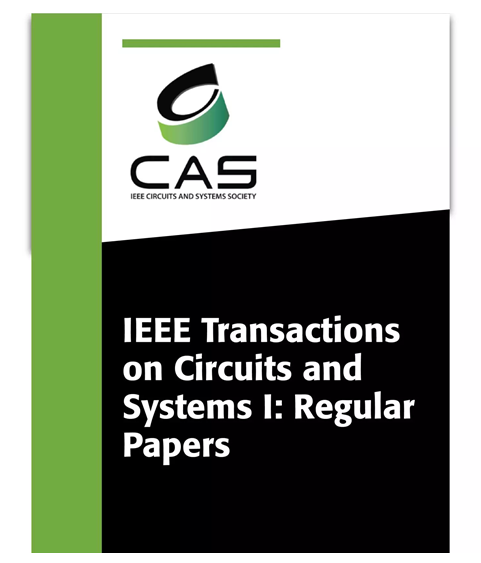Eyelet: A Cross-Mesh NoC-Based Fine-Grained Sparse CNN Accelerator for Spatio-Temporal Parallel Computing Optimization
IF 5.2
1区 工程技术
Q1 ENGINEERING, ELECTRICAL & ELECTRONIC
IEEE Transactions on Circuits and Systems I: Regular Papers
Pub Date : 2024-10-28
DOI:10.1109/TCSI.2024.3483308
引用次数: 0
Abstract
Fine-grained sparse convolutional neural networks (CNNs) achieve a better trade-off between model accuracy and size than coarse-grained sparse CNNs. Due to irregular data structures and unbalanced computation loads, fine-grained sparse CNNs struggle to fully leverage the performance advantages of computation and storage on general-purpose edge hardware. However, existing custom sparse accelerators are designed from the perspective of emulating a balanced load by software or computational strategies, neglecting the exploration of the computing architecture’s adaptability and parallelism for fine-grained sparse models. To address these challenges, a cross-mesh NoC-based accelerator architecture is proposed. This architecture aligns with the irregular characteristics of fine-grained sparse CNN weights and enhances the spatio-temporal parallelism of fine-grained sparse CNNs. First, a sparse multiplier unit (SMU) array and an adder array are designed to enable parallel execution of convolution multiplication and accumulation operations. Then, element-wise unroll-based nonzero weight multiplication is mapped to the SMU array to provide more flexible spatial parallelism. A horizontal and vertical cross-mesh NoC is proposed for flexible dataflow scheduling between the SMU and adder arrays to further improve temporal parallelism. This architecture allows the multiplication and accumulation operations in convolution to be decoupled and pipelined with negligible latency. Finally, the proposed accelerator architecture is implemented on the ZU9EG platform. The experimental results show that the proposed accelerator achieves frame rates of 509.9, 249.3, 100.7, 48.4, and 168.9 frames per second (FPS) for AlexNet, VGG-16, ResNet-18, MobileNet-v2, and EfficientNet, respectively. Compared with related works, this accelerator achieves inference speed and energy efficiency improvements of求助全文
约1分钟内获得全文
求助全文
来源期刊
CiteScore
9.80
自引率
11.80%
发文量
441
审稿时长
2 months
期刊介绍:
TCAS I publishes regular papers in the field specified by the theory, analysis, design, and practical implementations of circuits, and the application of circuit techniques to systems and to signal processing. Included is the whole spectrum from basic scientific theory to industrial applications. The field of interest covered includes: - Circuits: Analog, Digital and Mixed Signal Circuits and Systems - Nonlinear Circuits and Systems, Integrated Sensors, MEMS and Systems on Chip, Nanoscale Circuits and Systems, Optoelectronic - Circuits and Systems, Power Electronics and Systems - Software for Analog-and-Logic Circuits and Systems - Control aspects of Circuits and Systems.

 求助内容:
求助内容: 应助结果提醒方式:
应助结果提醒方式:


